Violinist and teacher Alun Thomas explains why, when working on our technique and expression, string players should focus much more attention to the right arm than we might at first imagine

Discover more Featured Stories like this in The Strad Playing Hub
Read more premium content for subscribers here
Once, after a particularly fine performance by Jascha Heifetz, an enthusiastic dressing-room interlocutor praised the wonderful sound of the great man’s violin (probably the 1742 ‘David’ Guarneri ‘del Gesù’). Mr Heifetz, gazing intently on the fiddle lying in its case, replied, ‘Oh, but I can’t hear anything!’
I’ve always had a reasonably good facility at navigating the fingerboard. As a youngster I was obsessed with mastering left-hand technique and velocity, which seemed to be a fairly quick means to progress as well to impress my friends. Nevertheless, it would be wrong to suggest that my study of the function of the right arm came a poor second in my violinistic journey – after all, I was much concerned, perhaps equally so, with the flashiest of bow trickery and execution of virtuoso special effects!
It didn’t occur to me until some years later, when I was a full-time student and beyond, and as I attempted to expand my playing’s expressive range, that most issues are those of relationship and don’t exist in isolation.
Reconfiguring the Heifetz story (his serious suggestion being that it’s the player, not the quality of the instrument, that counts), there are less obvious issues regarding the skilled use of the bow than those I was concerned with in my youth. After all, it’s the bow that imparts any sound – let alone one of great expressivity and finesse. Therefore, the relative attention we give it in our development is crucial.
Although we understand many aspects of the bow’s expressive function and the instrument’s receptive and transformative role in this, it seems to me that the perceptual and musical balance between left and right hands is for many string players still skewed in the ‘westerly’ direction. Ask yourself this question, and express your answer as a ratio. What kind of habitual, functional balance between left and right hands is at work in your playing? Is it 50:50? Or 60:40 in favour of the left hand? Or sometimes 65:35 in favour of the right? Perhaps, even, 90:10 in favour of the left? (Wow! Perhaps your 10ths really are flawless – but are you sure we can hear them at a distance?) It’s a serious, but fun, game to question such an arbitrary, notional balance. Interestingly, when we invite focused attention to this apparently basic binary, our expressive intent is laid bare.
As breath control defines any singer, the bow controls the string player
I myself am enjoying quite a forbidding phase of 95:5 – in favour of the right hand! It’s allowed me to reappraise quite deeply many facets of bow speed and distribution, point of contact, all types of articulation, texture, gesture, projection, bow vibrato, dynamic gradation and appropriate muscular effort: all in the service of what, actually, I’m doing when I play. In fact, just the other night the jury returned its verdict on my explorations when a family member shut the door abruptly on my practice room in the middle of a particularly extended episode of ‘easterly’ emphasis.
Funnily enough, shining a light on what we might ordinarily assume is only half (or less) of the story of string playing brings, paradoxically, the whole gamut of our skills and musical purpose sharply into focus. For the moment, feeling particularly opinionated about such matters, I will refer to myself as a ‘bowist’ rather than the more lazy, hazy, ‘violinist’.
In the Welsh language, and in Romanian, a stringed instrument is ‘sung’ rather than played – the Welsh canu’r ffidl literally translates as ‘sing the violin’. As breath control defines any singer, the moving bow controls the string player. Perhaps many of us could reinvigorate our existing string-playing lexicon, at least some of the time, by reconceptualising ourselves as ‘bow singers’ – or simply, bowists.
Listen: The Strad Podcast Episode #26: Alun Thomas on Alexander Technique
Read: Technique: Cello bowing habits
Discover more Featured Stories like this in The Strad Playing Hub
Read more premium content for subscribers here
The number one source for playing and teaching books, guides, CDs, calendars and back issues of the magazine.
In The Best of Technique you’ll discover the top playing tips of the world’s leading string players and teachers. It’s packed full of exercises for students, plus examples from the standard repertoire to show you how to integrate the technique into your playing.
The Strad’s Masterclass series brings together the finest string players with some of the greatest string works ever written. Always one of our most popular sections, Masterclass has been an invaluable aid to aspiring soloists, chamber musicians and string teachers since the 1990s.
The Canada Council of the Arts’ Musical Instrument Bank is 40 years old in 2025. This year’s calendar celebrates some its treasures, including four instruments by Antonio Stradivari and priceless works by Montagnana, Gagliano, Pressenda and David Tecchler.


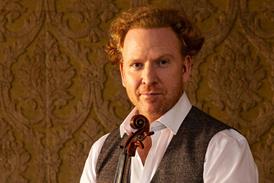
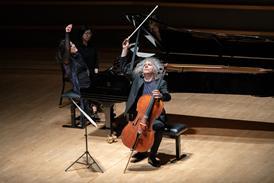

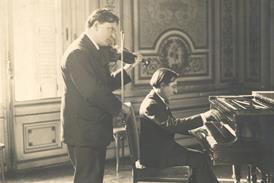
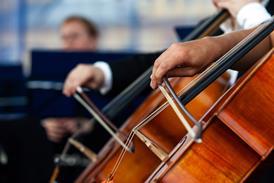

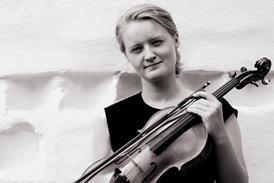
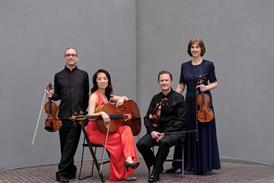

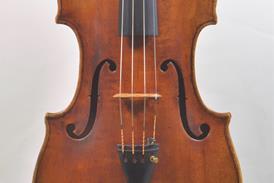
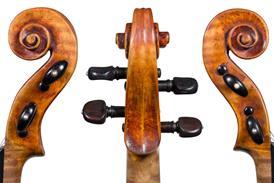




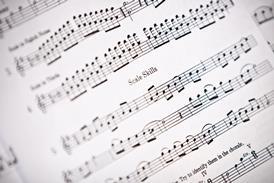
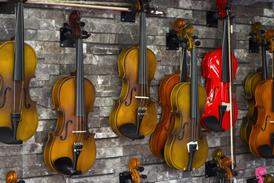
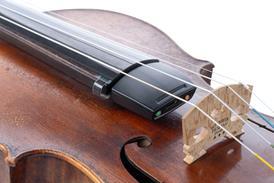
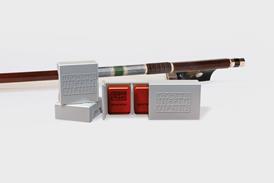
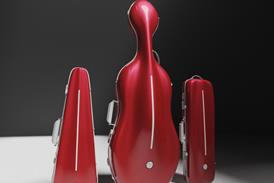
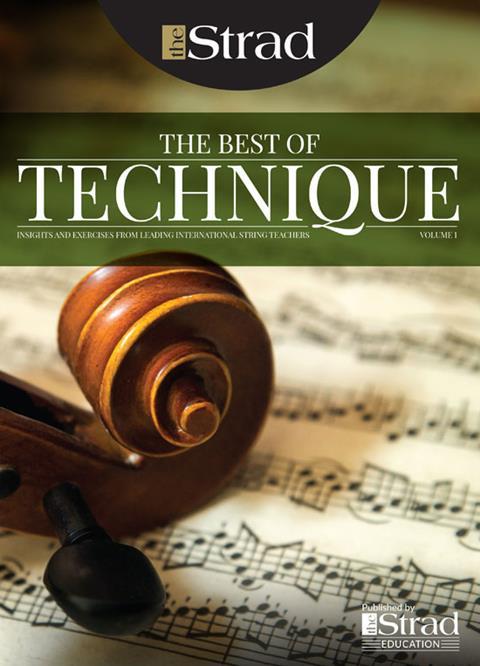
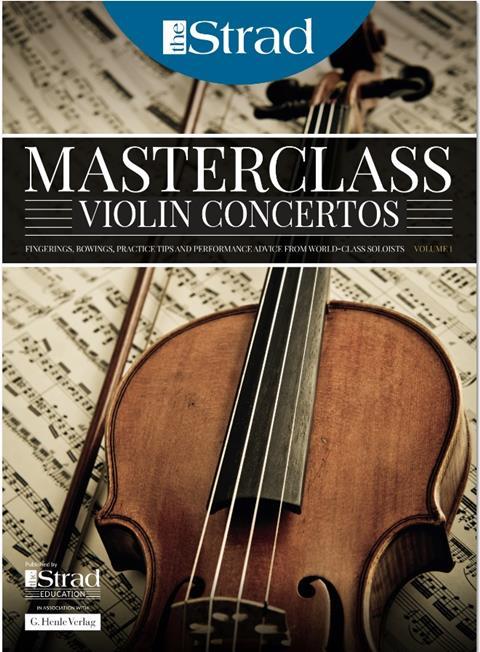
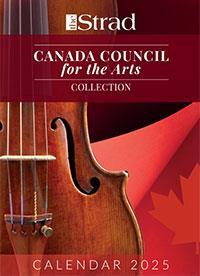












No comments yet